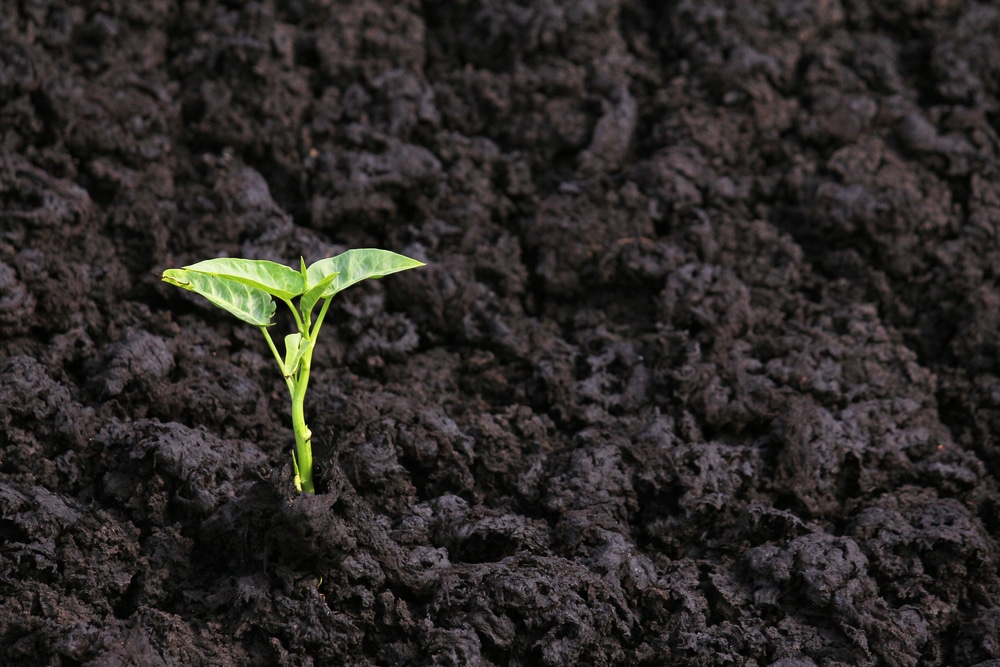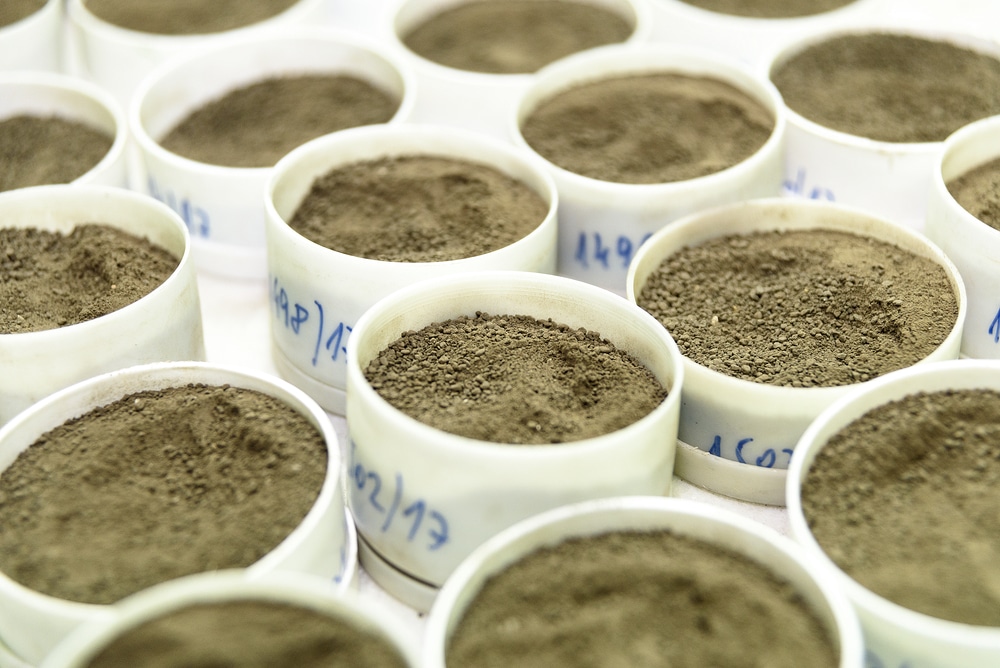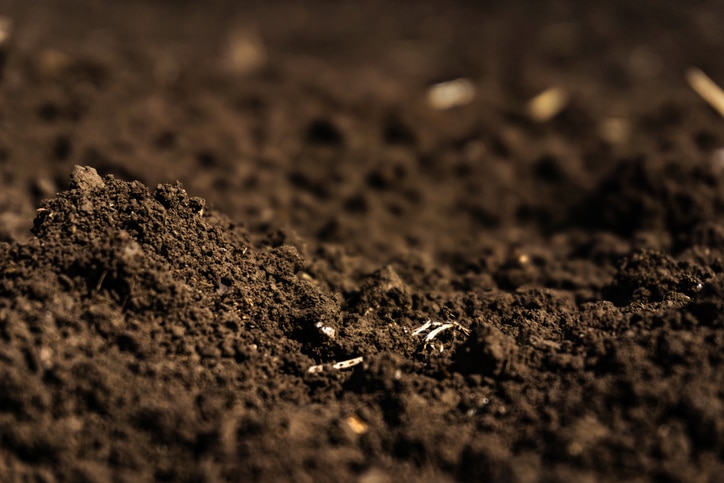
Humic acid is a group of molecules that bind to, and help plant roots receive, water and nutrients. High humic acid levels can dramatically increase yields. Humic acid deficiency can prevent farmers and gardeners from growing crops with optimum nutrition.

Humus formation is carried out in two steps. First, the organic substances and minerals in the soil disintegrate. Next, totally new combinations of these broken-down products develop. This leads to the initial stages of humus.

If we define soil health using the NRCS’ definition, it is “the capacity to function.” I thought about this definition for quite some time and decided I needed to add to it, clarifying the thought as “the capacity to function without intervention.” I define intervention as plant alterations, fungicides, insecticides, etc. Healthy soil should produce healthy crops without intervention.

Plant tissue testing, as done by most labs, is not as informative as water-soluble soil tests. Tissue tests only test the soluble contents of the cells.

What is soil? It is a very complex substance, not “just dirt.” Soil is a mixture of several components, sometimes defined as that part of the earth’s surface capable of supporting plant life. It originally formed by the weathering of the rocks of the earth’s crust.

For those who like to eat on the wild side, one should become well acquainted with a plethora of wild greens such as black mustard, dock, chickweed, henbit, lambs quarters and pokeweed.








